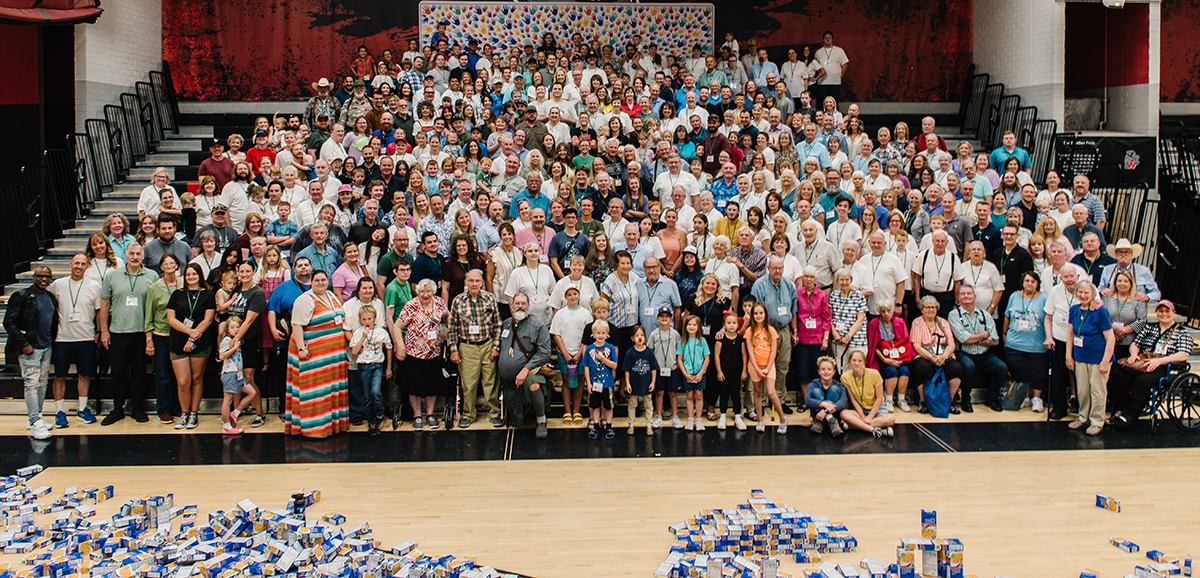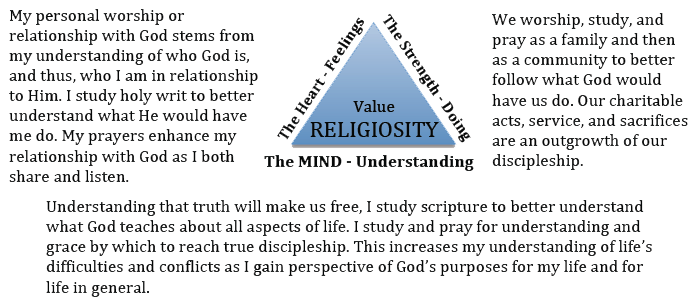RELIGIOSITY
Religiosity can be classified into public and private.5 Public religiosity includes going to church, praying in public, social gatherings, service and outward charity. While private religiosity includes personal prayer and scripture study, a sense of relationship with deity and devotion to personal discipleship. Though modern studies link lower economic status with higher rates of religiosity they also show that higher rates of private religiosity increase a person’s capacity to manage conflict, rebound from crisis, and unify relationships regardless of one’s economic status. From a “values paradigm†it is perhaps beneficial to ascribe this to something more vital than a simple compensation for greater socio-economic conflicts.
Seen this way, religiosity becomes more than a coping mechanism or a behavior stemming from another value. The Smith Family’s relationship with their God seemed to grow more intimate and devoted with the passage of the generations, culminating in the sacrifices required, as they followed the course of their united religious movement referred to as “The Restoration†(stemming from young Joseph’s vision experience). In almost all modern analytical studies,6 a sense of higher purpose gives power to cope with difficulty and conflict and the resiliency to rebound again and again. But Religiosity seems to go beyond this.
It is the one value that seems to failsafe one’s efforts and desires to balance difficulty and success. All temporal things from houses to families, from jobs to portfolios, from possessions to positions, from churches to clergy are temporary in that they are vulnerable to failure, crisis, and frailty. When religiosity becomes the central value, all other values not only spring from it as part of their triad, but also find endurance through it. In linking one’s relationship with God to His infinite capacitating wisdom and purposes He becomes the stabilizing, non-corruptible center sourcing one’s strength, wisdom, intelligence, judgment, etc.




